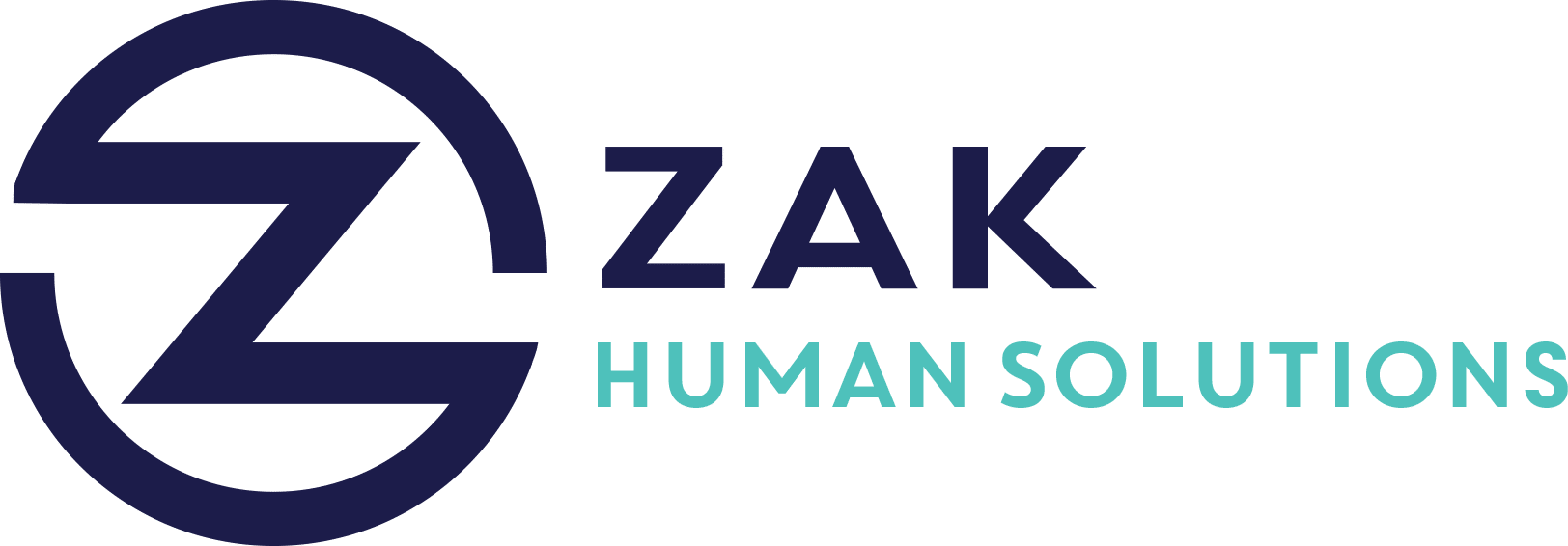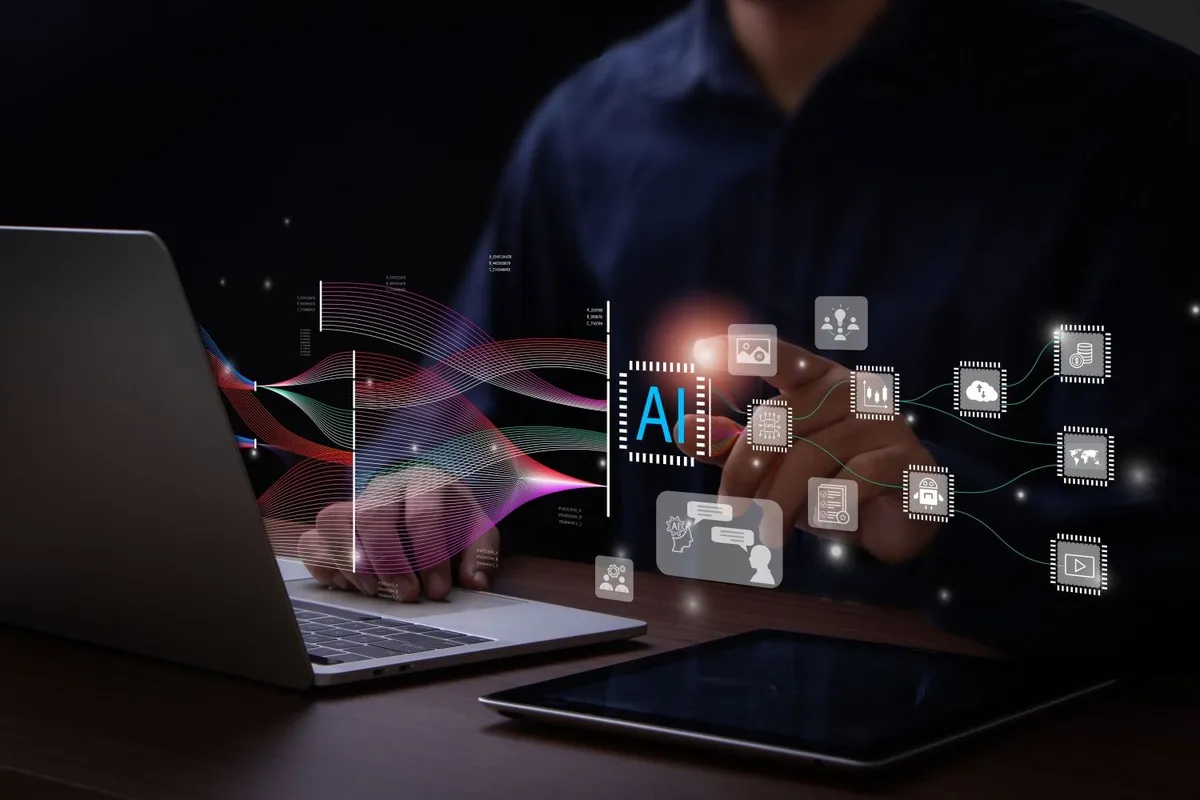Key Takeaways
- Generative AI is redefining work, emphasizing a shift from what AI can do to what it should do.
- Not all jobs with similar tasks face the same automation risk; complexity, ethics, and economics play roles.
- Four key questions guide automation decisions: task complexity, frequency, interconnection, and failure cost.
- High task fragmentation costs discourage splitting tasks between AI and humans despite technical feasibility.
- Programmers are notably affected due to the high frequency and modularity of coding tasks.
- GenAI offers a seamless interface and lowers fragmentation costs but increases uncertainty in task outcomes.
In the dynamic landscape of modern technology, Generative AI stands out as a transformative force reshaping the workplace. This burgeoning technology not only raises questions about what AI can accomplish but also about what it should undertake. As businesses grapple with the implications of AI, it’s crucial to explore the nuanced interplay of job complexity, ethics, economics, and task design in automation decisions.
The Shift from “Can” to “Should”
Generative AI challenges the traditional paradigm of automation by not just elevating productivity but also prompting ethical and strategic considerations. Unlike previous automation technologies that primarily focused on performance enhancement, GenAI urges companies to prioritize what tasks should be automated over what could be automated. This philosophical shift underscores the need for a more comprehensive understanding of the roles suited for AI intervention.
The Variability in Automation Risk
Not all jobs that share similar tasks face the same risk level when it comes to automation. Factors like task complexity, ethical considerations, and economic implications heavily influence automation decisions. For instance, while both customer service representatives and emergency service phone operators perform related tasks, their automation risks differ substantially due to the critical nature and complexity of their duties.
Four Key Questions Guiding Automation
For organizations contemplating automation, four crucial questions can serve as a compass in decision-making:
- Task Complexity: More complex tasks are less likely to be automated since they require adaptability and nuanced judgment — areas where humans currently outperform machines.
- Task Frequency: High-frequency tasks are prime candidates for automation as machines excel in maintaining consistent performance over time.
- Interconnectedness of Tasks: When tasks are heavily intertwined, the risk of inefficiencies and errors during handoffs can escalate fragmentation costs, advising caution in splitting responsibilities between humans and AI.
- Cost of Failure: In high-stakes environments, the repercussions of GenAI errors can be significant, outweighing the potential benefits of automation.
The Programmer’s Dilemma
Programmers, in particular, are encountering significant disruptions due to GenAI. The modularity and high frequency of coding tasks align well with AI capabilities, making it an appealing target for automation. Innovations in distributed development platforms have facilitated this transition by reducing fragmentation costs and enhancing collaborative potential.
The Challenge of Fragmentation Costs
Fragmentation costs act as a deterrent against dividing tasks between AI and humans. Despite the technical feasibility, the potential for critical information loss during transitions can undermine the efficiency benefits that AI offers. Especially in life-critical sectors, such as emergency services, the fragmentation of tasks can lead to increased response times and diminished service quality.
Embracing a Balanced Approach
As GenAI continues to evolve, its ability to manage complex tasks at high speed positions it as a versatile tool, yet its implementation requires a balanced approach. Companies must weigh overt cost savings against hidden complexities and risks, ensuring a holistic assessment that prioritizes sustainable growth and ethical standards.




